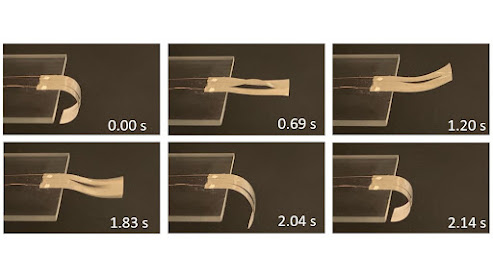New research shows that physics measurements of just a small portion of reef can be used to assess the health of an entire reef system. The findings may help scientists grasp how these important ecosystems will respond to a changing climate.
Vast amounts of energy flow around the ocean as waves, tides and currents, eventually impacting coasts, including coral reefs that provide food, income and coastal protection to more than 500 million people. This water movement is foundational to reef success, bringing nutrients and food and removing waste, yet far less research has been focused on the physics in comparison to the biology of these living communities.
Stanford scientists recently addressed this imbalance by demonstrating that measuring the physics of just a small portion of reef with a single instrument can reveal insights about the health of an entire reef system. The findings point to low-cost methods for scaling up monitoring efforts of these enigmatic living structures, which are at risk of devastation in a changing climate. The results appeared in the Journal of Geophysical Research: Oceans Dec. 14.
“This approach is like building a weather station for coral reefs,” said lead study author Mathilde Lindhart, a PhD student in civil and environmental engineering. “If we have a couple of weather stations around, we can then determine the weather everywhere on the reef.”









_MoreDetail-v3_x2_1600x800.jpg)




.jpg)
